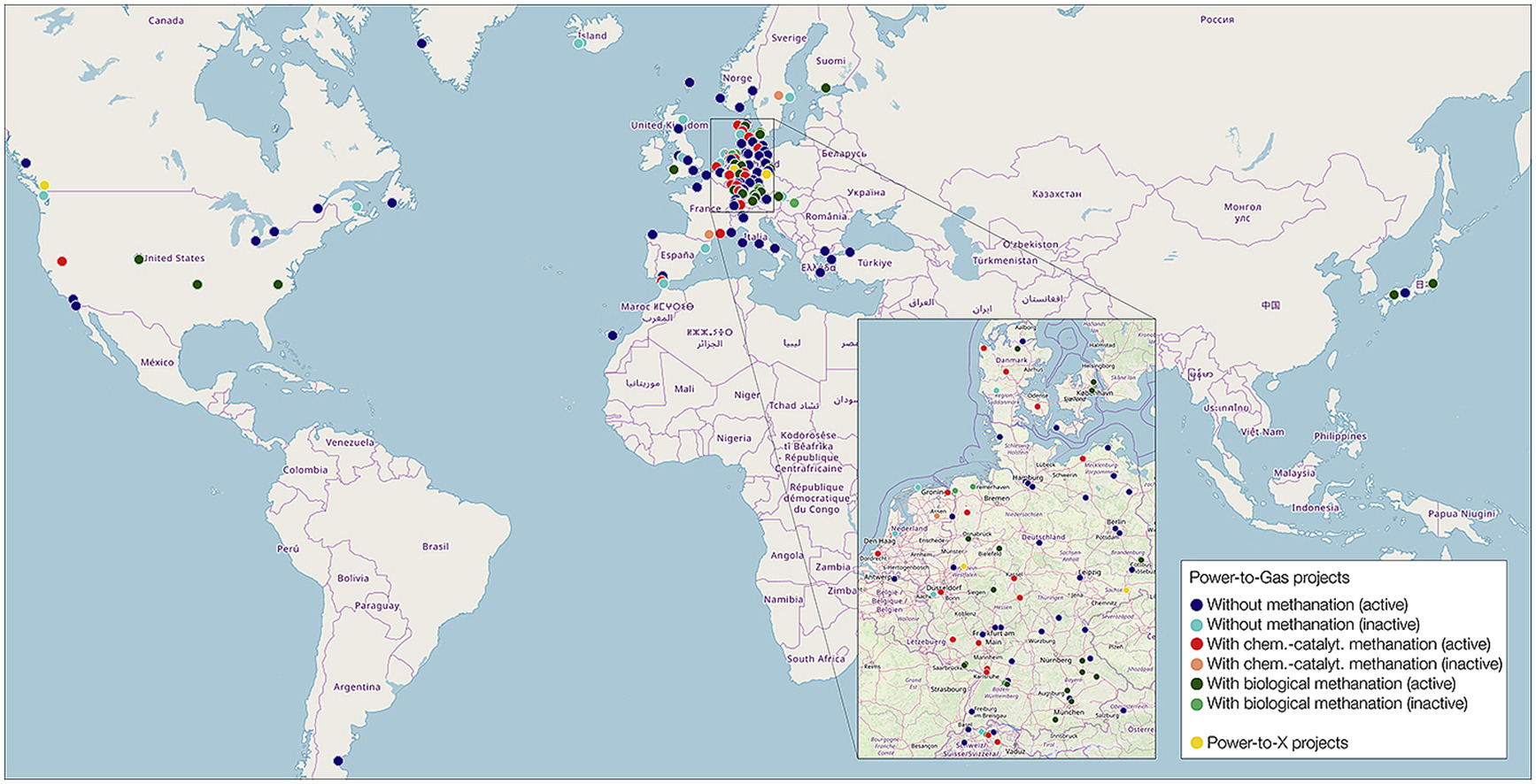City and Environment Interactions, Volume 1, September 2019
Air pollution and climate change are key global challenges for cities and both have large impacts on human health and economic development. Although there are many long term opportunities to address these issues with integrated policies, the immediate needs of addressing air pollution and climate change mitigation are not the same for all countries in the short run.
Trends in Food Science and Technology, Volume 91, September 2019
Background: Synthetic biology is an emerging multidisciplinary area of research with the potential to deliver various novel agrifood applications. Its long-term adoption and commercialisation will depend on the extent to which the public accept synthetic biology and its different applications. Scope and approach: A mapping review of existing research on public perceptions of, and attitudes towards, synthetic biology and its applications to agriculture and food production was conducted.
Human Resource Management Review, Volume 29, September 2019
We focus on how interpersonal characteristics should influence leader support for gender equity in organizations. Recognizing gender disparities in organizations and the “labyrinth” that women face when they advance in their careers (cf. Eagly & Carli, 2007), we develop a model for how interpersonal characteristics of leaders, both men and women, influence power construal and thus their use of empowerment, mentoring, and performance feedback, ultimately affecting career opportunities for women in organizations.
The Lancet Global Health, Volume 7, September 2019
The Lancet Global Health, Volume 7, September 2019

